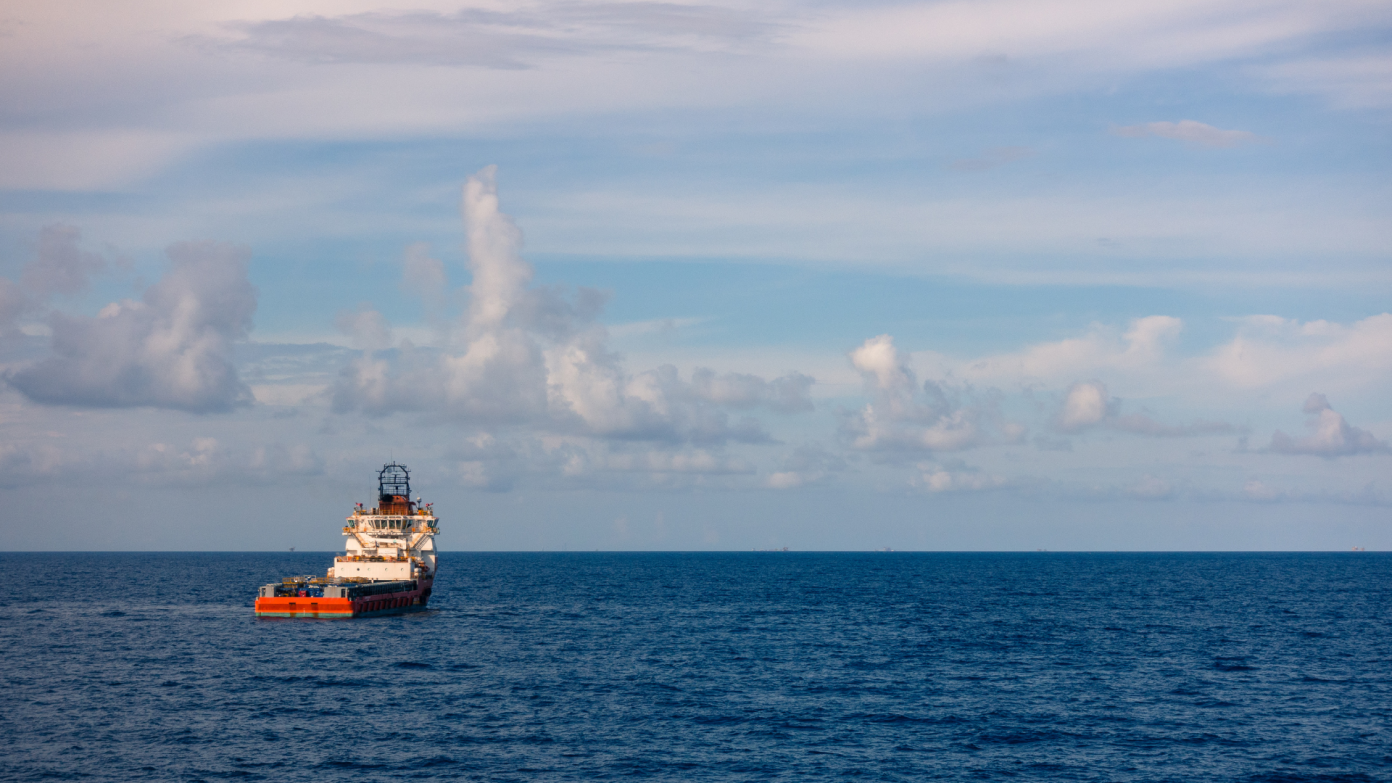As reported by various sources, the shadowy tanker Boracay resumed its journey late on October 2, successfully evading authorities once again. The French had detained the vessel since September 27, following a previous 15-day hold in Estonia. Despite ongoing allegations of operating under false flags and sanctions imposed by both the EU and UK, this ship continues to navigate international waters.
This 18-year-old crude oil tanker epitomizes what many are calling the shadow fleet. Over the last year and a half, it has been involved in numerous incidents of name changes and ownership obfuscation. With a deadweight tonnage of 115,577 dwt, it is reportedly carrying another load of Russian crude oil destined for India.
While media outlets have linked this vessel to drone activities near Denmark, French officials have privately indicated that its detention stemmed from “discrepancies regarding its official registration.” The ship departed Primorsk in Russia on September 20 under the name Pushpa, only to be intercepted displaying the name Boracay just a week later. Although it claims to be registered in Benin since September 1, many experts consider this assertion dubious. Prior to that claim, it was registered in Malawi and Gambia before losing its Djibouti flag at the end of 2024.
No formal updates have been provided by French authorities regarding the vessel’s status; Reuters and AFP (Agence France-Presse) reported they received no answers concerning its release. However, AFP noted that both the Chinese captain and Chief Officer were allowed back on board after their release while anchored off Saint-Nazaire.
The captain faces court proceedings set for February due to allegations he failed to comply with orders from French officials during an earlier boarding incident. Authorities clarified they could not hold him accountable for unclear details surrounding his ship’s nationality or ownership; meanwhile, no charges were brought against the first officer who was released without incident.
Boracay is currently cruising at speeds between nine and ten knots across the Bay of Biscay. Its AIS signal initially indicated an arrival date in India around October 20 but has now shifted focus towards reaching Suez Canal by October 14 instead.
A spokesperson from Kremlin denied any knowledge about this particular vessel or its cargo when questioned about it; however, President Vladimir Putin characterized these actions as “piracy,” asserting that such seizures occurred within “neutral waters” without justification.
In contrast, French President Emmanuel Macron announced Europe’s new approach toward tackling shadow fleets through what he termed a “policy of obstruction.” He emphasized that even brief detentions could disrupt these vessels’ operational models while revealing plans for a European-led coalition aimed at strategizing against such fleets.
This year saw EU members authorized to challenge ships over their registry legitimacy as well as insurance verification requirements. Earlier attempts included Estonia’s April intervention with this same tanker based on suspicions surrounding its Djibouti registration being fraudulent alongside several port state inspection failures—though it managed an escape due to technicalities involving flag transitions during inspections.
Citing insights from French military sources reveals that sightings of shadow fleet tankers along France’s coastline are frequent occurrences—reportedly between ten and fifteen vessels operate off these shores daily.
p>





